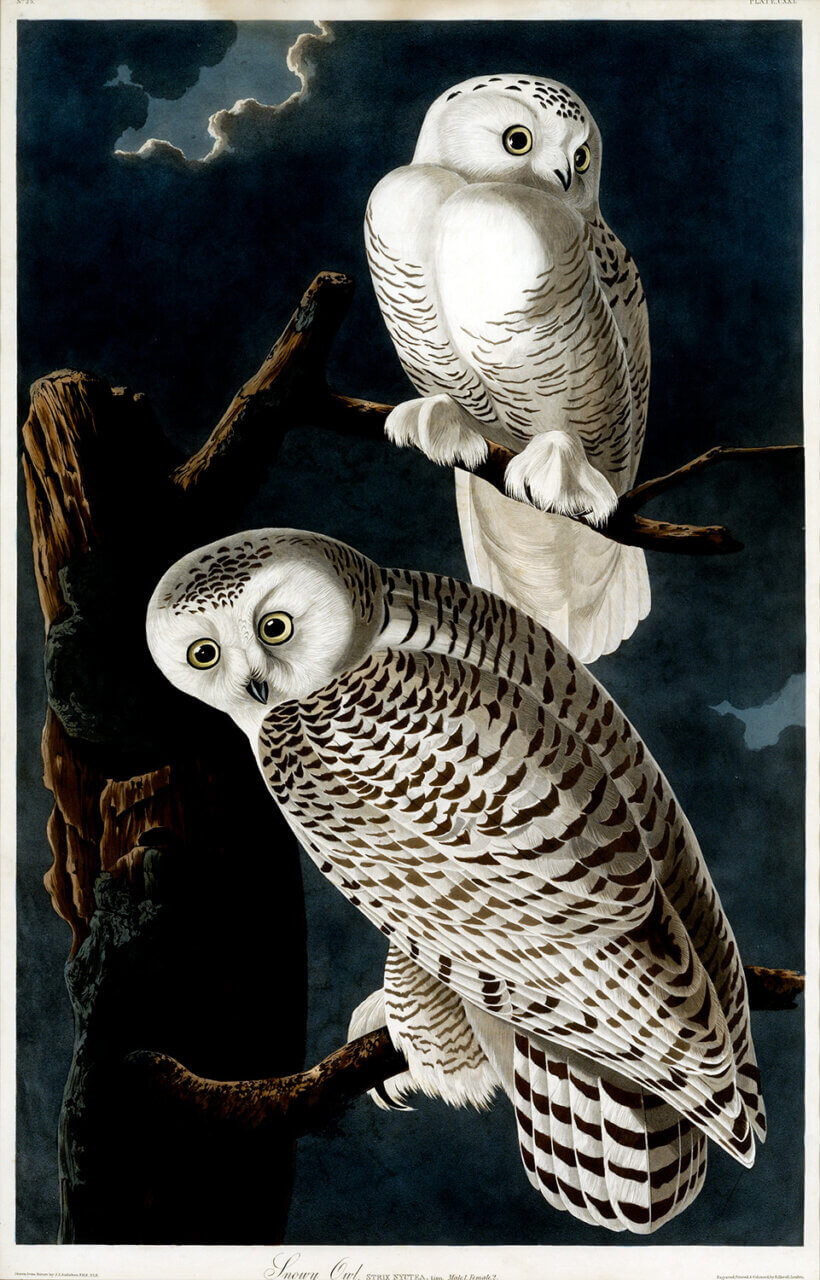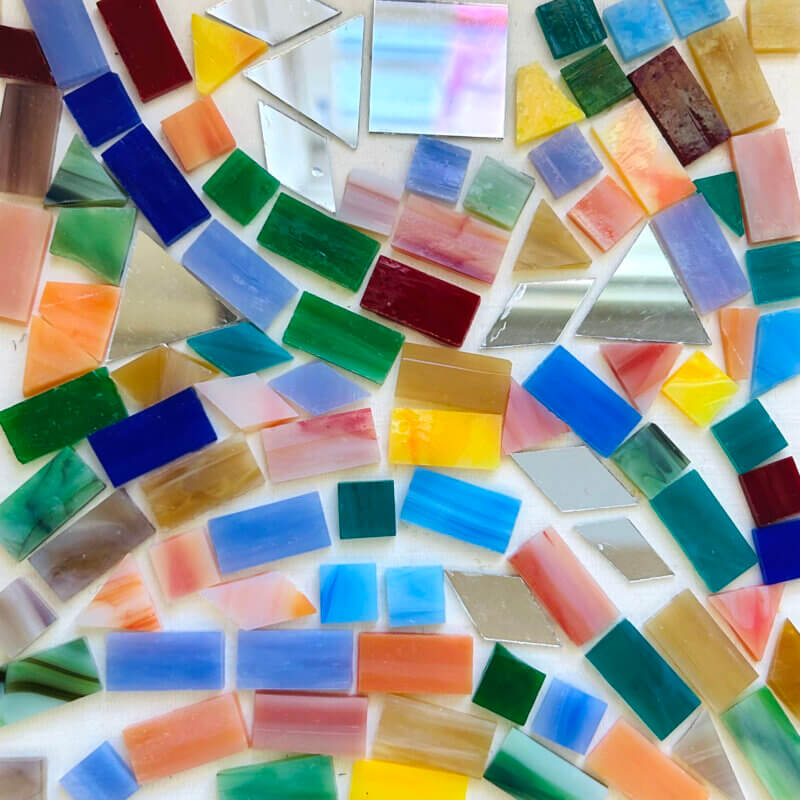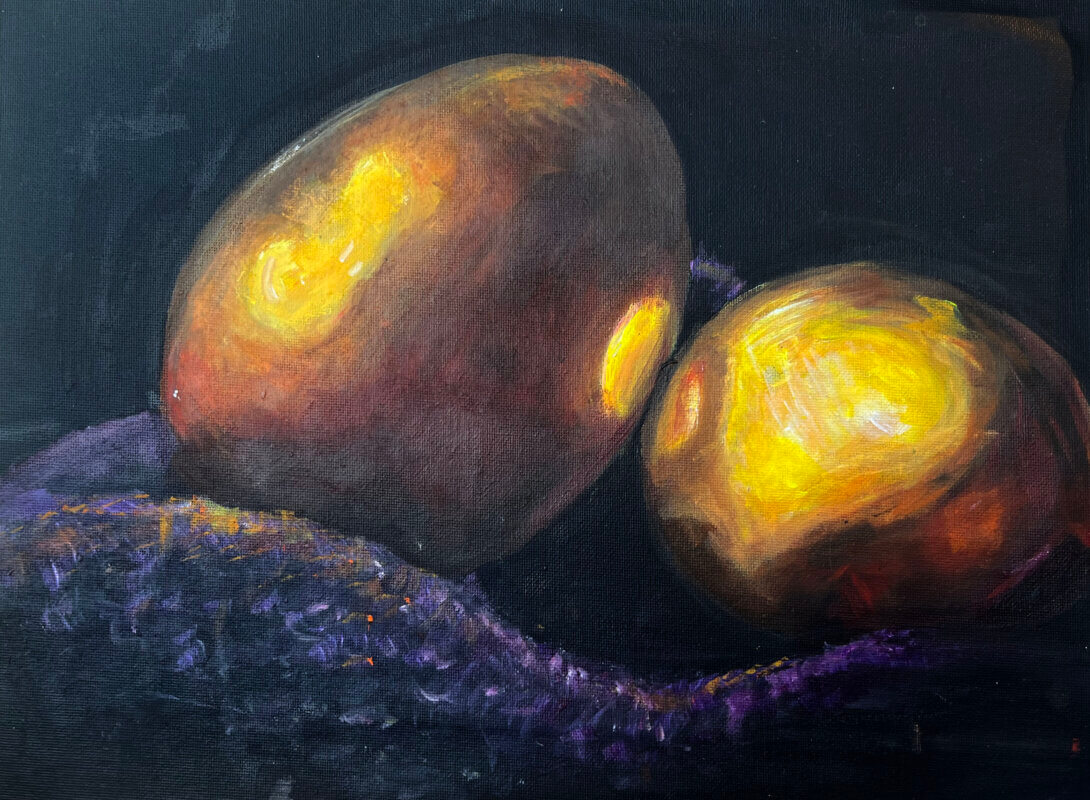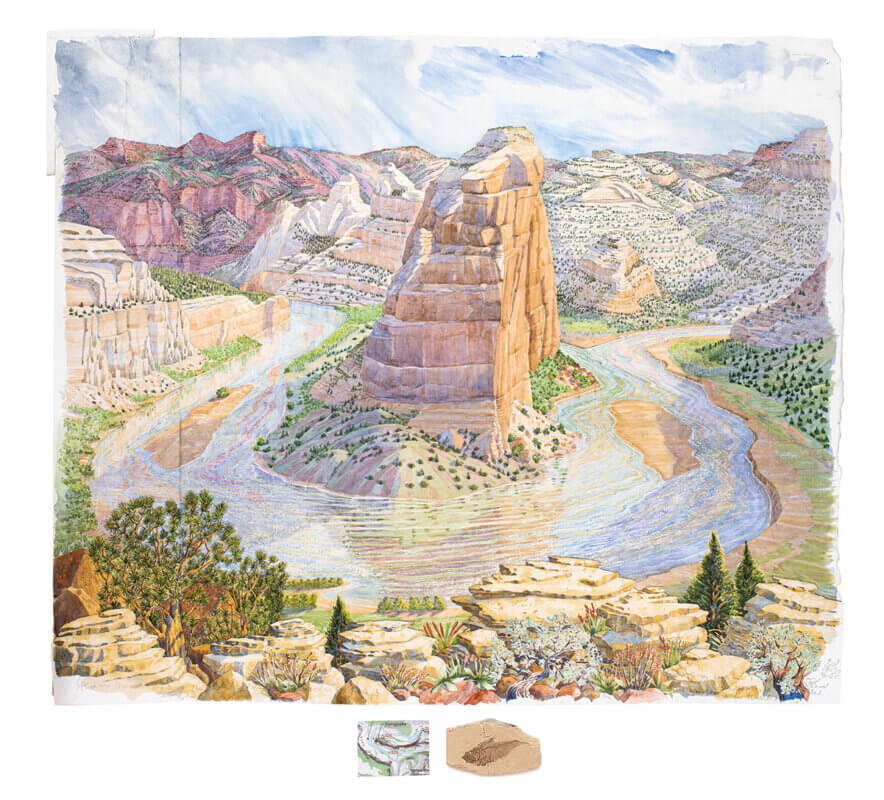On view November 2, 2024 – April 27, 2025
Dürer, Rembrandt, Goya, Picasso, Warhol—while many of the works in this show may be small in size, they are created by some of the biggest names in the canon of art history.
This exhibition explores the medium of print, and why wildlife has been so prevalent a subject matter. Beginning with the print Penitent St. Jerome in the Wilderness by the artist Albrecht Dürer, this exhibit moves through the centuries, with prints made by artists such as Rembrandt and Picasso, ending with Andy Warhol’s Endangered Species series and other modern works. Focus will center on a discussion about methods of printmaking and the impact printed works have had through the messages they conveyed, which include issues surrounding animal rights and conservation. All artworks included in this exhibition are from the permanent collection. Several have never previously been on display at the Museum.
Out of the Shadows: Prints from the Permanent Collection will be installed in the Bison and Changing Visions Galleries.
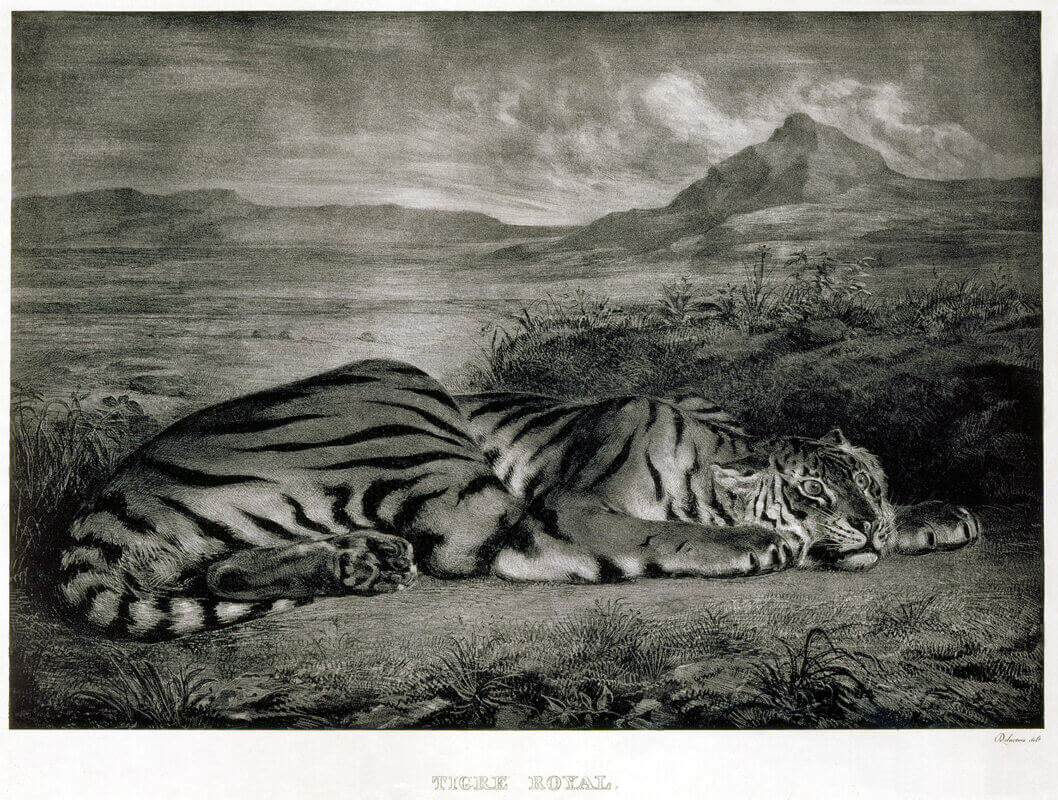

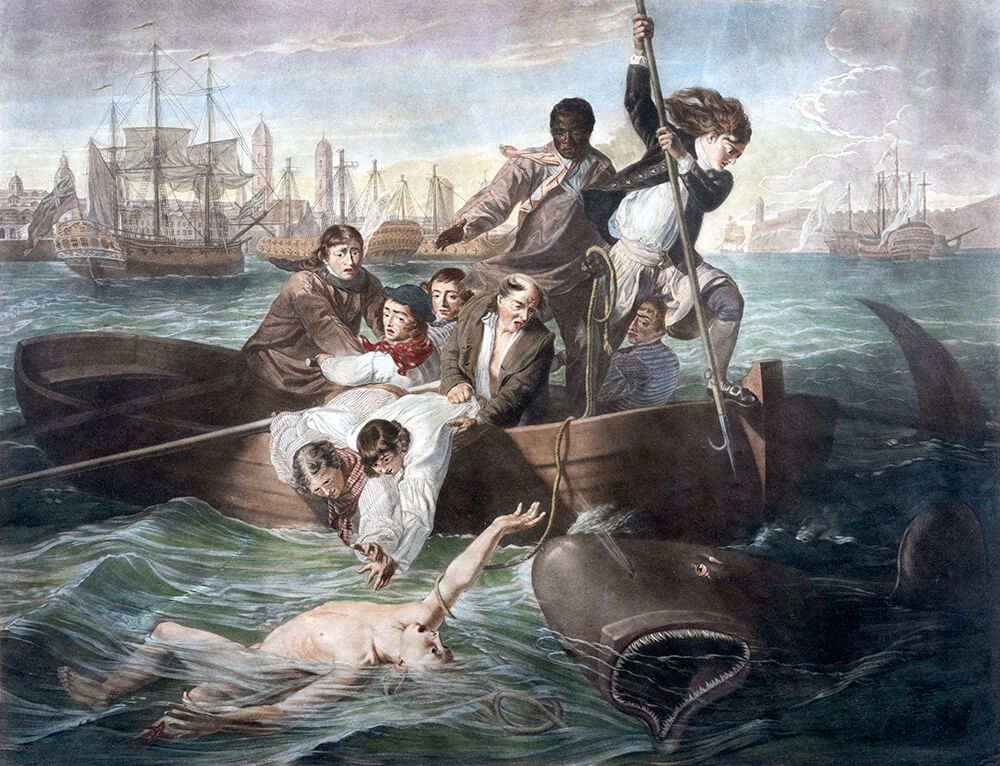
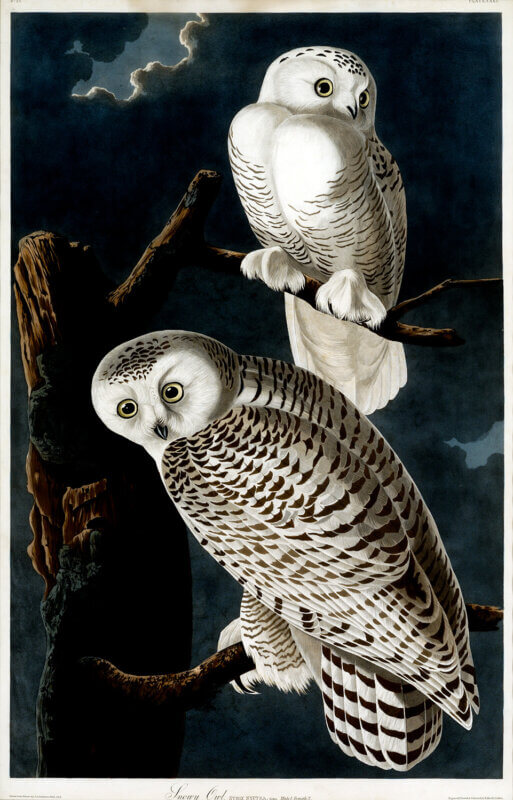
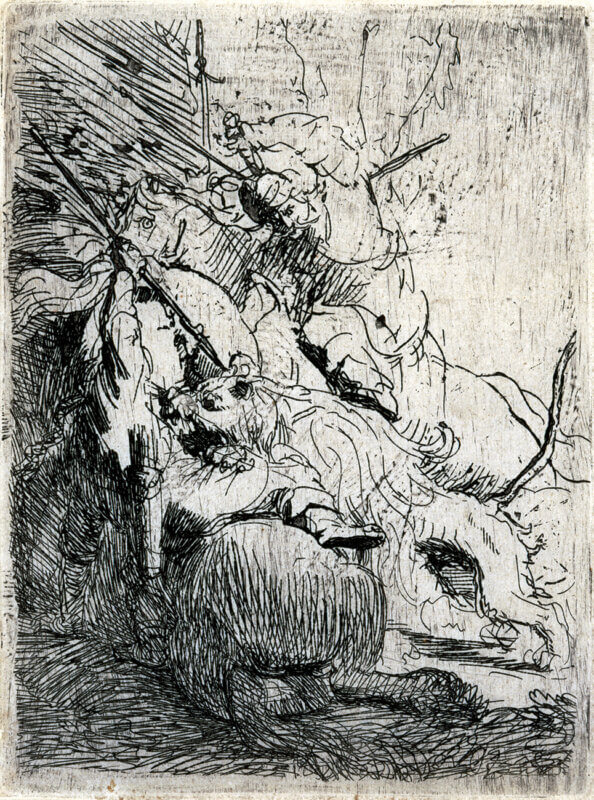
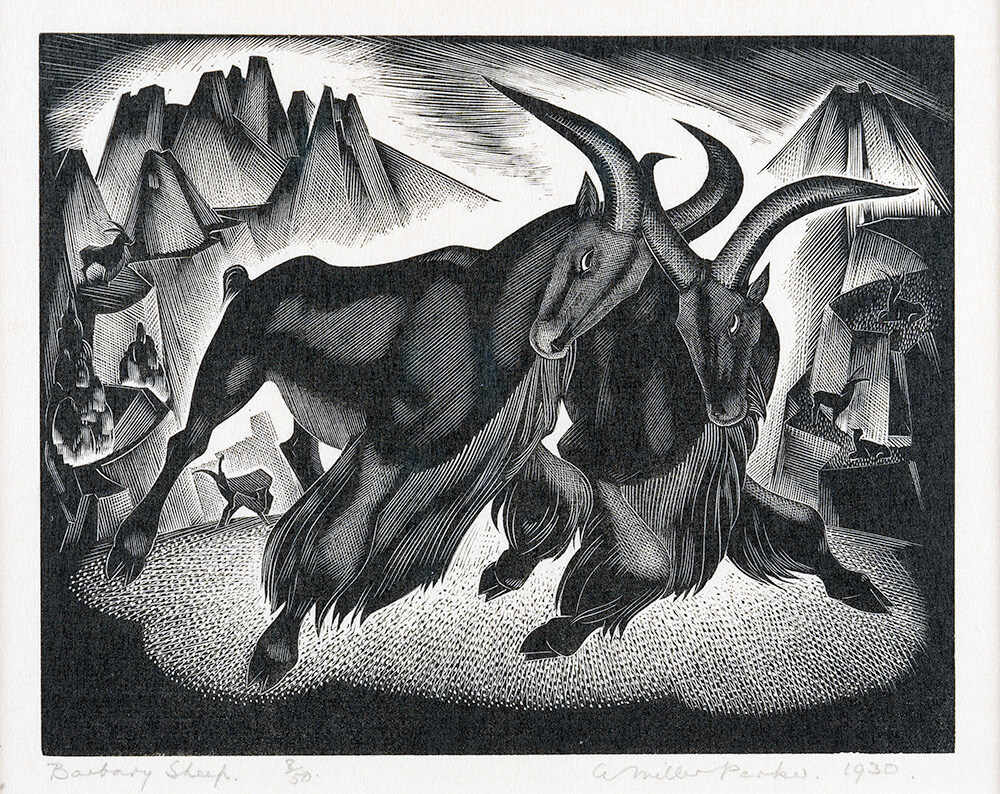
- 1
- 2
- 3
State of the Art: Student Art Show in Honor of Marion Buchenroth
Through May 4, 2025This youth art exhibit is an annual collaboration between the National Museum of Wildlife Art and art educators from Teton County schools. The several hundred works of art on display beautifully demonstrate how students grow as artists as they move through grades K-12.
See the Exhibit- 1
- 2
- 3
Tony Foster: Watercolour Diaries from the Green River
Through May 4, 2025Artist Tony Foster became fascinated with the 50-million-year-old Green River fossilized fish when he first saw them in 1985. It was from these small special objects that he comprised the idea to make a group of artworks about the Green River. He began his project in 2018, creating a major painting of Steamboat Rock and the horseshoe bend from his vantage point up a 400 foot cliff. In the summer of 2019 he took a rafting trip from the Gates of Lodore to Split Rock, creating five smaller paintings en route. From these initial works he created this exhibition about, in Foster’s words: “this magnificent river.”
See the Exhibit